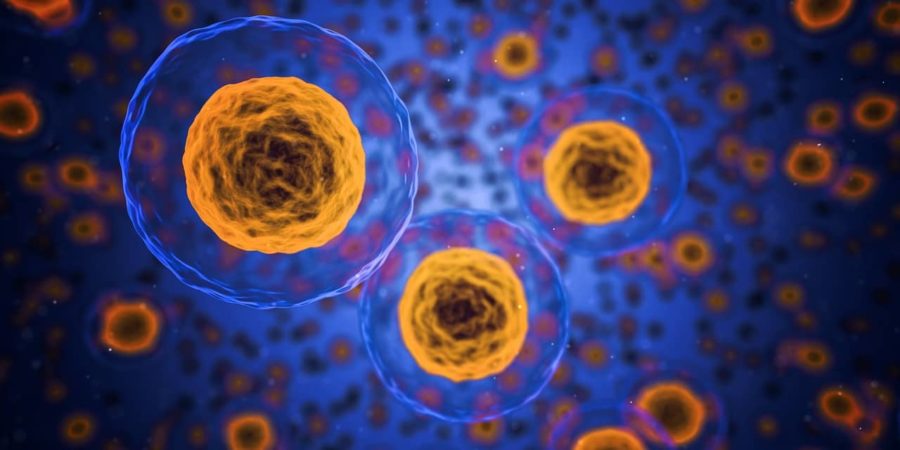Many people think that simply putting on sunscreen is enough to protect one from melanoma or
skin cancer. Others are led to believe that tanning beds are safer alternative to sunbathing. As a
result, people are unknowingly exposing themselves to higher risks of developing melanoma.
It’s time to know more about this deadly skin cancer.
What is Melanoma?
Melanoma is known as the most dangerous form of skin cancer. According to Skin Cancer
Foundation, in the United States alone, about 178,000 cases of melanoma would be diagnosed
in 2018. Every year, an estimated 9,320 people die of melanoma. Of these deaths, 5,990 will
be men and 3,330 will be women.
Melanoma is often caused by damaged skin cells due to ultraviolet radiation from excessive exposure
to sunlight and tanning beds. Melanomas often resemble moles and some start as a
mole or a growth on the skin.
If melanoma is recognized in the early stages, it is often curable. That’s why, it is important to be
familiar with its common signs and symptoms.
What are the Common Signs and Symptoms of Melanoma?
Signs and symptoms of melanoma are visual and observable. The first sign of melanoma involves
a new mole or a sudden change in the appearance of an existing mole.
When observing moles on your body, ask yourself the following questions:
- Is it getting bigger?
- Is it changing shape?
- Is it changing color?
- Is it bleeding or becoming crusty?
- Is it itchy or sore?
If you find yourself answering yes to any of these questions, have the moles checked by a medical
professional.
There is also a handy ABCDE checklist for melanoma. According to National Health Service UK,
check for the following changes on a suspected mole:
Asymmetrical – This pertains to the shape of the mole. Indication for melanoma usually has an
irregular shape.
Border – Melanoma has a ragged and notched border.
Color – Melanoma often has two or more colors. A normal mole is either brown, black or red.
Melanoma has a combination of colors like blue and black, red and purple, or pinkish white.
Diameter – Melanoma grows larger than 6mm (1/4 inch) in diameter.
Enlargement or elevation – Observe the changes in size and height of the mole. Melanoma
tends to change in size over time.
Who are at Risk?
Risk factors are conditions that affect a person’s chance of getting diseases like skin cancer.
Knowing these factors will equip one with knowledge and push one to be more proactive in
seeking preventive measures.
Here are the common risk factors for melanoma:
Skin Type
Skin type contributes to a person’s risk of developing melanoma. As early as the 1970s, Dr.
Thomas Fitzpatrick developed a classification system based on skin, hair and eye color as well
as the likelihood of developing sunburn after sun exposure. Based on this system, people with
type I-II (light complexion, freckle-skinned) have greater risk of developing melanoma. On the
other hand, people with type V-VI (dark-skinned) have a relatively lower risk of developing skin
malignancies.
Ultraviolet Exposure (UV)
Sunlight is a source of UV rays. Excessive exposure to the sun, leading to sunburn, increases
the risk of skin cancer. Tanning beds and sun lamps also emit UV rays. People who have been
exposed to these devices are at risk.
Moles
If you have more than 100 moles or have several birthmarks all over your body, you have a
higher risk.
Family History
If any of your first-degree relatives has a case of melanoma, your risk becomes higher.
Weakened Immune System
The immune system helps the body fight diseases like cancer. A weak immune system makes a
person more susceptible to many types of cancers, like melanoma.
Age and Gender
Melanoma often manifests in older people and there’s a higher rate of melanoma cases among
men than in women.
Are there early tests to diagnose melanoma?
Early diagnosis has helped many cancer patients. For melanoma, a suspected mole can be
subjected to biopsy testing. Other diagnostic tests can include:
● A computerized tomography (CT) scan
● A magnetic resonance imaging (MRI) scan
● A positron emission tomography (PET) scan
● Blood tests for biomarkers
What are available treatments for melanoma in the Philippines?
Early testing and diagnosis of melanoma increases the success of treatment. A team of specialists
that include a dermatologist, a plastic surgeon and an oncologist will look into your case and
medical history. Prior to proposing a treatment and healthcare plan for the patient, the team of
doctors considers the following:
● Type of cancer
● Cancer stage (size and metastasis)
● Medical history and overall health condition
Aside from surgery, chemotherapy and radiation, another viable option for melanoma patients is
immunotherapy. Immunotherapy helps boost a patient’s immune system to recognize and fight
cancer cells.



